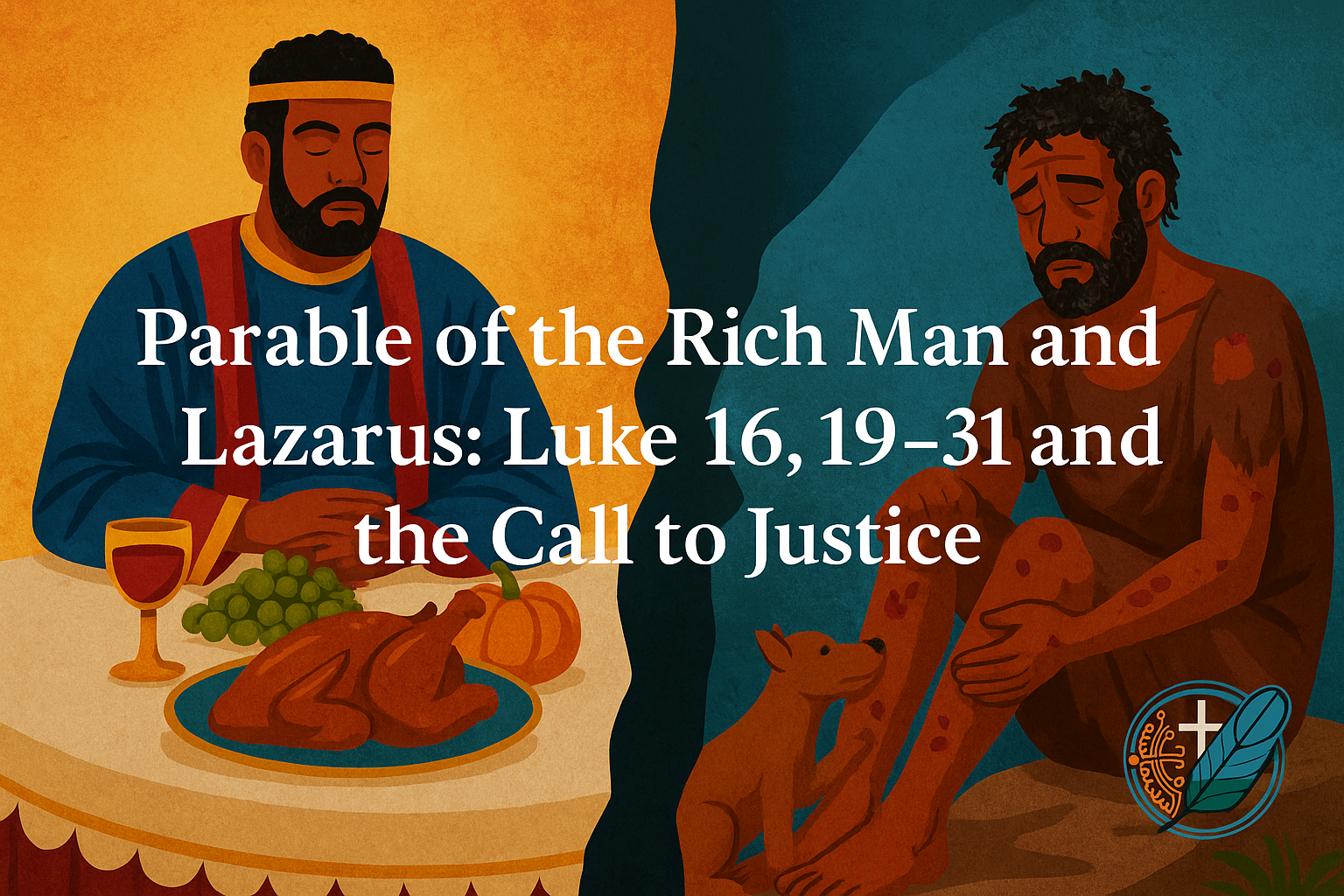From the conversation, I gathered that the city is planning to diversify its sources of renewable energy. And having considered doing business with Hydro-Quebec, they thought it wise to first visit the First Nation communities to learn more about the impacts of Hydro-Quebec’s hydroelectric investments on the First Nation communities.
From all indications, it is surely not a decision-making visit but a journey that would eventually facilitate allyship as this journey would with time help them build a strong relationship based on trust, consistency, and accountability with the First Nation communities.
Listening to the envoys explain how New York is seriously dependent on fossil energy, one cannot but try to understand that the way out of their situation demands a sort of sacrifice from people with other forms of energy resources.
During their visit to Ekuanitshit, they met the community leaders, the women of Innu pharmacy and other groups who are primarily responding to the effects of the presence of Hydro-Quebec in the territories. They also had the opportunity to participate in certain spiritual ceremonies.
Their visit sends a strong message to those interested in directly or indirectly dealing with the First Nation people, resources and culture. At the end of their stay, it was clear that they wouldn’t be speaking of the First Nations based on what they hear from the news as they were lucky to test Innu welcoming rituals through the Cultural Centre of Ekuanitshit.





